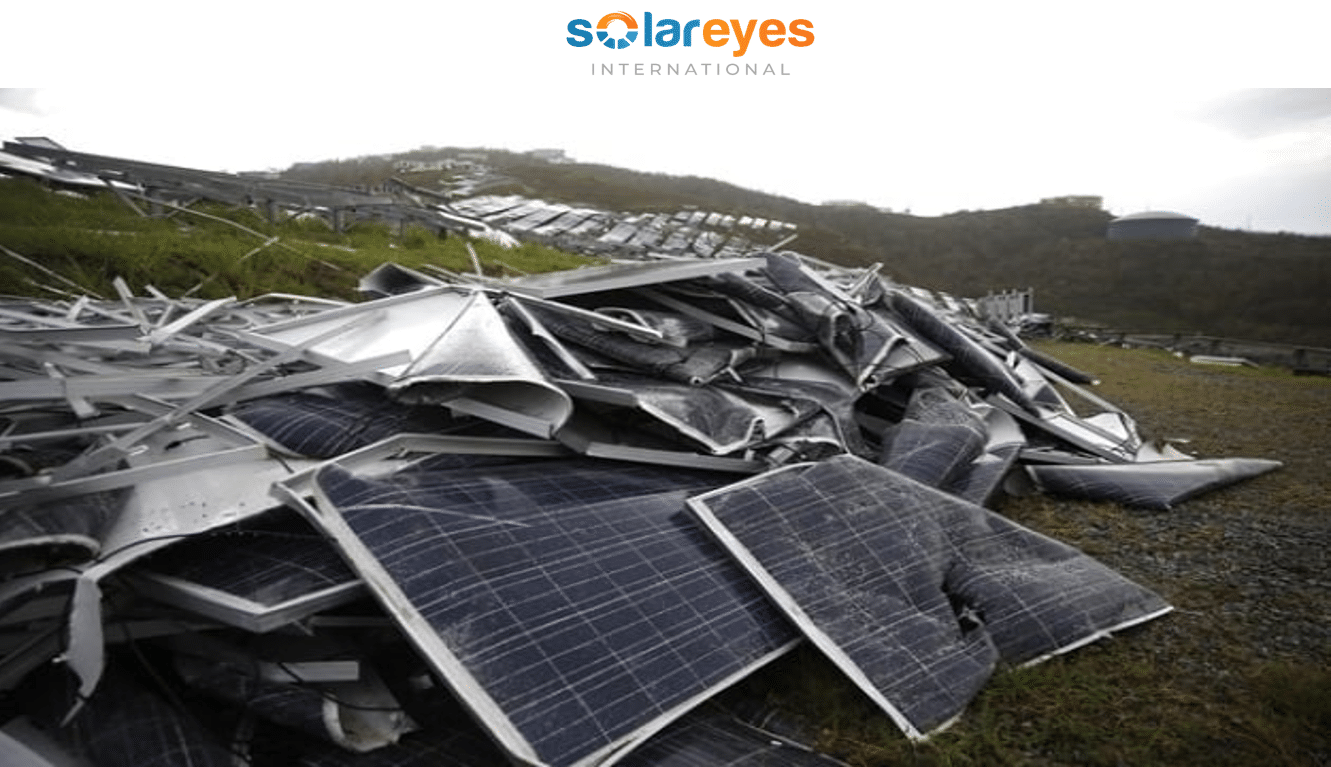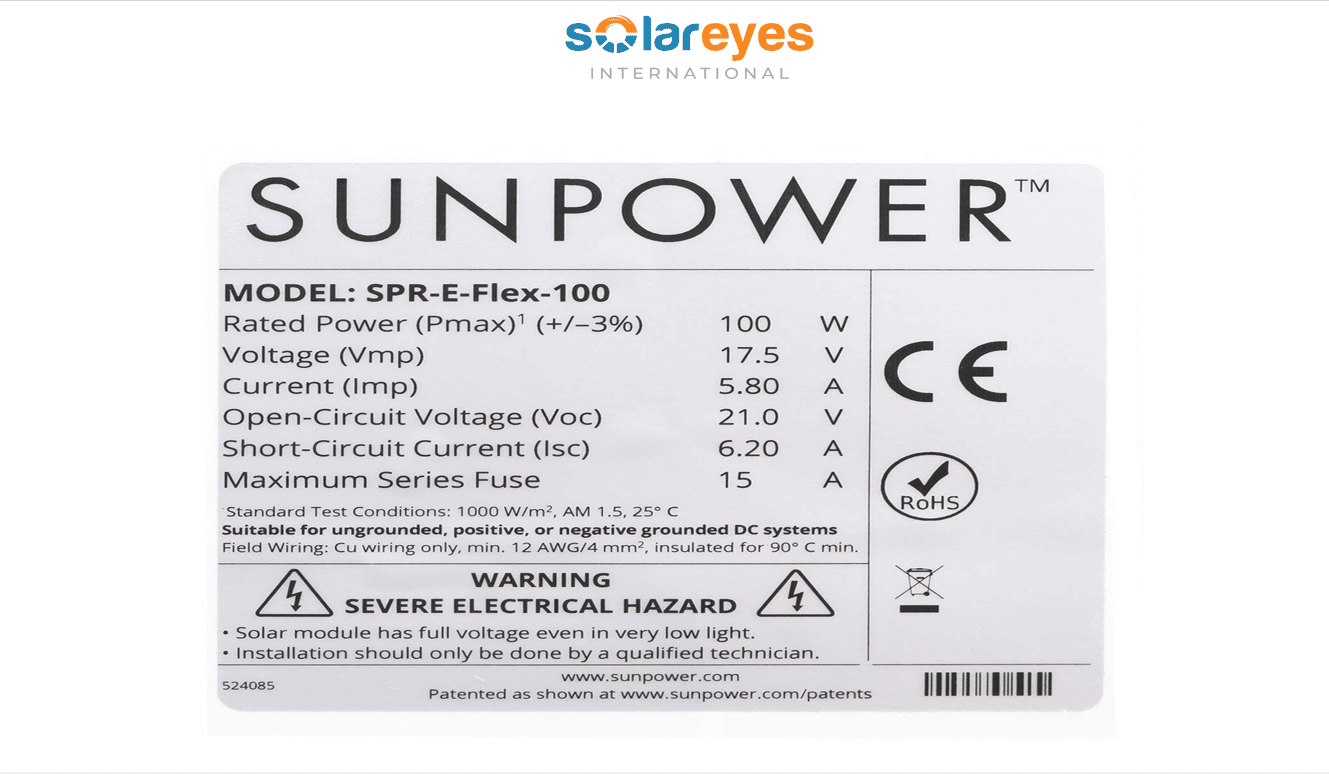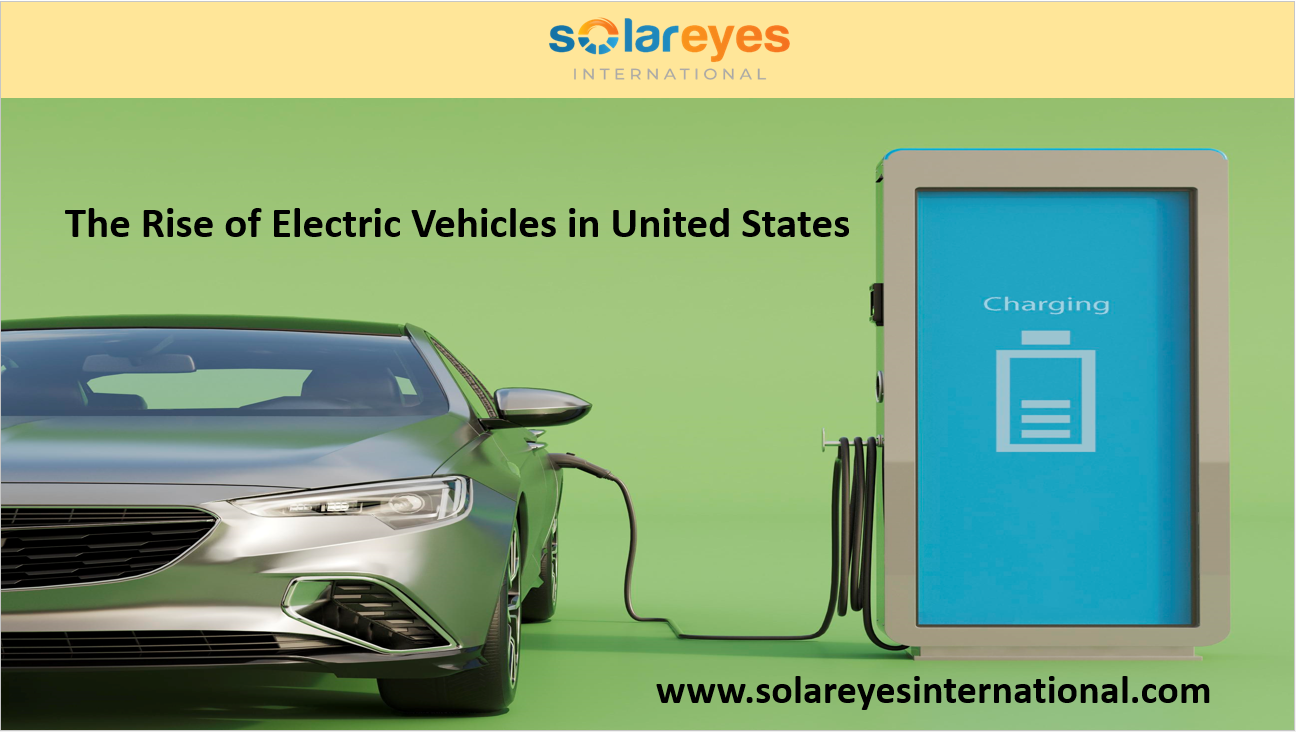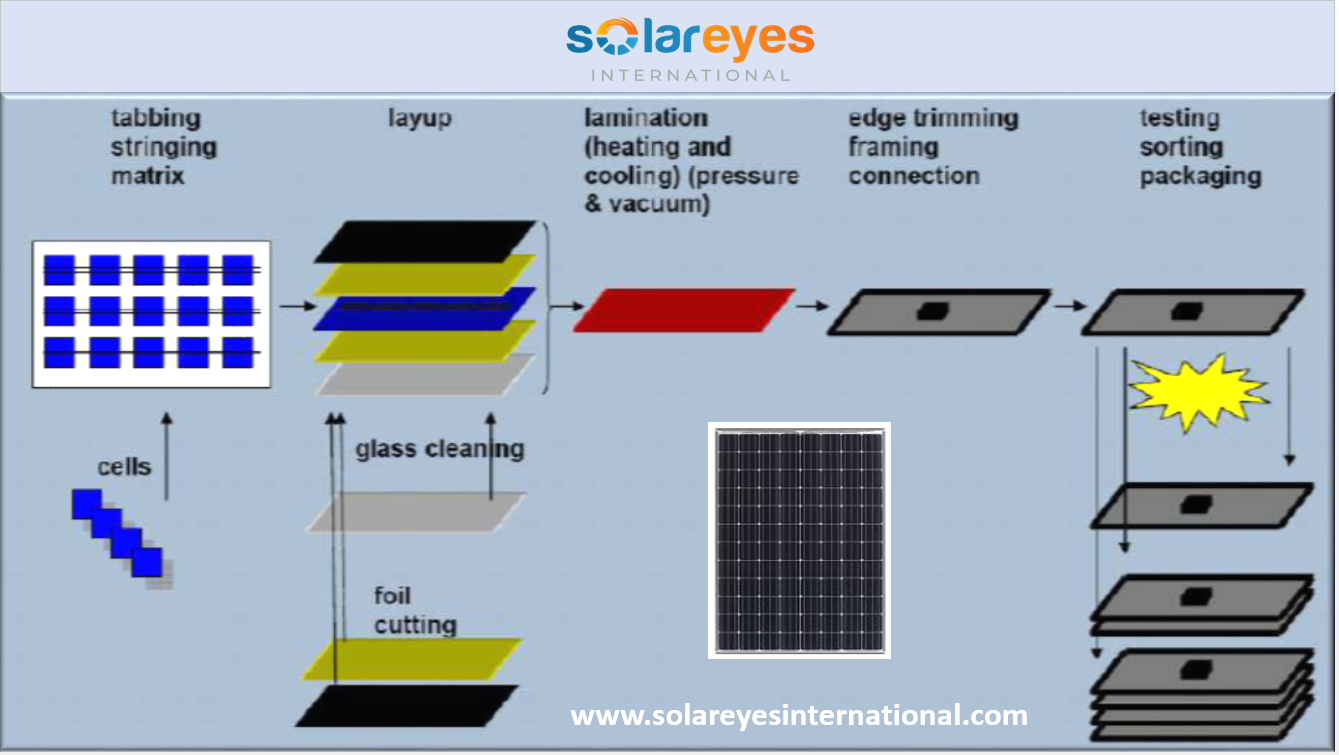10 Ways of Financing your Solar System

As the world becomes more aware of the need to reduce reliance on fossil fuels and move towards renewable energy, solar power has emerged as a viable option.
However, investing in a solar power system can be expensive, making it difficult for many people to switch to this energy source.
In this article we are exploring different financing models that have been devised to make solar energy more affordable and accessible.
10 Known Ways of Financing your Solar System
1. Cash Payment
The easiest way of financing your solar system is by paying cash upfront. This eliminates the need for financing and you get to own the system outright.
While it may seem like a large expense upfront, it’s important to remember that you will be saving money in the long run as you won’t have any monthly payments to worry about.
2. Solar Loans
Another financing option is to take out a solar loan. This is a type of personal loan specifically designed for solar installations.
This allows you to spread the cost of the system over several years, making it more affordable for many people. Some solar companies offer their own financing options or can help connect you with lenders.
3. Home Equity Loans
Home equity loans is one of the ways of financing your solar system. Homeowners may be eligible to take out a home equity loan to finance their solar system. This involves borrowing against the equity in your home, meaning the loan is secured against your property.
This can be a good option for those who have built up equity in their home and are looking to invest in a long-term, energy-efficient upgrade.
4. Power Purchase Agreements (PPAs)
PPAs are typically offered by solar companies and involve leasing the solar panels from the provider. You pay a fixed monthly fee for the electricity generated by the panels.
While this option may require less upfront cash, it is important to carefully read and understand the terms of the agreement.
5. Solar Leases
Similar to PPAs, solar leases allow you to lease the solar panels from the provider. However, instead of paying a fixed monthly fee, you pay a monthly lease payment for the use of the panels.
This can be a good option for those who want to go solar without a large upfront investment, but again, it’s important to be aware of the terms of the lease agreement.
6. Property Assessed Clean Energy (PACE) Financing
PACE financing allows homeowners to finance solar installations and other energy-efficient upgrades through a loan that is repaid through property tax assessments.
This can be a good option for those who don’t qualify for traditional financing options or who want to spread the cost of the system out over a longer period of time.
7. Crowdfunding
Some solar companies offer crowdfunding options, where individuals can invest in solar projects in exchange for a share of the project’s returns. This can be a unique way to support renewable energy and potentially earn a return on your investment.
8. Power as a Service (PaaS)
PaaS is a financing model that allows businesses, households, and communities to access solar power systems without having to make a huge upfront investment. Under this model, the solar equipment is owned and maintained by a third-party provider who charges the customer a fee for the power consumed.
This fee is usually calculated based on the amount of power used, making it possible for customers to pay only for what they use.
The PaaS model offers several benefits. Firstly, customers get to access solar power without having to make a significant investment. Secondly, the third-party provider takes care of the installation, maintenance, and repair of the solar equipment, reducing the burden on the customer.
Finally, PaaS makes it possible for customers to switch to solar power without having to worry about technicalities or maintenance issues.
9. Pay-As-You-Go (PAYGo)
PAYGo is one of the different ways of financing your solar system. PAYGo is a financing model that is designed to make solar power more affordable for customers in developing countries.
Under this model, customers make small payments for the solar equipment over time, with the equipment only becoming fully paid off once all payments have been made.
In addition to the equipment payments, customers also pay for the power consumed, with the payments usually made via mobile money.
The PAYGo model offers several benefits. Firstly, it allows customers to access solar power without having to make a huge upfront investment. Secondly, the small payments make solar power more accessible to people with lower incomes.
Thirdly, the mobile money system makes it possible for customers to make payments even if they do not have access to traditional banking systems. Finally, the PAYGo model has been shown to have a positive impact on the lives of people in rural areas, where access to electricity is limited.
10. Solar Incentives
Solar incentives are financial incentives, such as tax credits, rebates, and grants that are offered by federal and state governments, utility companies, and other organizations to encourage the adoption of solar energy.
These incentives reduce the upfront cost of installing solar panels, making them more affordable and accessible to homeowners, businesses and organizations. Solar incentives vary by location, but generally, they aim to promote the use of renewable energy, reduce greenhouse gas emissions, and create jobs in the solar industry.
Home owners can take advantages of solar incentives to reduce the overall cost of their home solar systems. A good example of solar incentives is South Africa’s Solar Tax Rebates introduced in 2023.
Why Financing is Important for Solar Systems
As we move towards a more sustainable future, more and more people are turning towards solar energy as a viable solution. However, the biggest hurdle that most people face is the initial costs involved in installing a solar system.
This is where financing comes into play. In this blog post, we’ll explore why financing is important for solar systems.
1. Affordability
Financing allows you to spread the cost of your solar system over a longer period of time. This makes it more affordable and accessible to more people. Rather than paying a lump sum upfront, you can pay for your solar system in installments that fit your budget.
This makes it easier for households and businesses to make the switch to solar without breaking the bank.
2. Return on Investment
While the initial costs of a solar system may seem high, it’s important to remember that it’s an investment in the long run. This is because solar energy systems pay for themselves over time through the energy they generate.
Financing allows you to make this investment without the upfront costs, so you can start enjoying the benefits of solar energy sooner.
3. Increased Property Value
Installing a solar system in your home or business can increase the value of your property. This is because solar energy is becoming increasingly popular and more people are looking for homes and businesses with sustainable energy solutions.
By financing your solar system, you can improve the value of your property without the upfront costs.
4. Tax Incentives
There are several tax incentives available for those who install solar systems. These incentives vary based on location and can be quite substantial. Financing allows you to take advantage of these tax incentives without the upfront costs.
5. Environmental Impact
Perhaps the most important reason why financing is important for solar systems is the environmental impact.
By switching to solar energy, you’re reducing your carbon footprint and doing your part to protect the environment. Financing allows you to make this switch without breaking the bank.
Conclusion
Solar power has emerged as a viable option for reducing reliance on fossil fuels. Overall, there are many different ways of financing your solar system, and it’s important to carefully consider your options before making a decision.
Working with a reputable solar company can help you find the financing option that works best for your individual needs and budget.
Financing is essential for those who want to invest in solar energy systems. It makes the switch to solar more affordable, accessible, and environmentally friendly. With the help of financing, we can all work towards a more sustainable future.
FOLLOW US ON OUR CHANNELS
Follow us on LINKEDIN, FACEBOOK, TELEGRAM GROUP and WHATSAPP.
*** ALSO CHECK: 12 CHALLENGES FACED BY SOLAR COMPANIES IN DEVELOPING COUNTRIES
ABBREVIATIONS IN THE SOLAR ENERGY SECTOR
HOW TO SIZE A SOLAR SYSTEM – 5 clear steps anyone can follow





